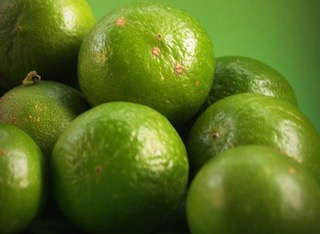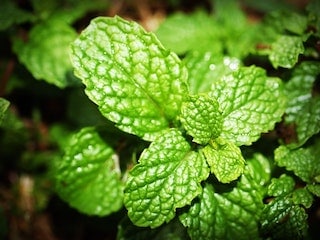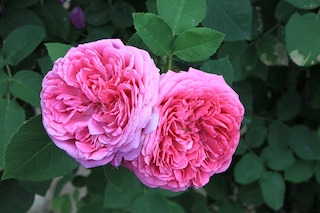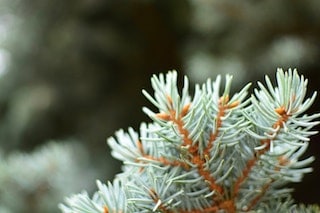
An Introduction to Essential Oils
Published by Anne Altor on Oct 20th 2017
An Introduction to Essential Oils
Many of us use essential oils daily. But what are they, and why are they so powerful and compelling? What makes them essential, and what makes them oils? Essential oils are a critical part of the "essence" of a plant. They give the plant its characteristic scent, and they have many natural functions, not all of which are known or understood. Essential oils are soluble in oil and alcohol, and not in water.
Essential oils are volatile organic compounds produced by plants.
They are complex molecular mixtures that contain dozens to hundreds of different chemical constituents, of which usually a few are dominant. Essential oils impart flavor and aroma, and they're found in roots, bark, wood, leaves, flowers, fruit, seeds and resins. Not all plants are known to produce essential oils, and not all essential oils are accessible to humans. For example, some are produced in minute quantities, are difficult to extract or are toxic.
Plants use essential oils for communication, for defense against herbivory and disease, and to attract pollinators, but there's much more to learn about their roles in nature. If you've ever breathed in the fresh scent of needles and leaves in a forest, stooped down to smell a lovely flower, enjoyed the sweet aroma of a citrus fruit as you peeled it, or felt the warming and cooling sensation of menthol in a sore muscle rub, you've experienced the power of essential oils!

Limes. Photo by imagesthai.com on Pexels.

Mint. Photo by imagesthai.com on Pexels.
Most essential oils contain a mixture of aromatic compounds.
While an essential oil may contain dozens of different aromatic compounds, the dominant effects of the oil may be created by just a few. For example, lavender (Lavandula angustifolia) contains about a dozen major aromatic compounds but is dominated by linalyl acetate and linalool (Tisserand and Young, 2014). Synergistic effects between essential oil components may also contribute to their effects on plants and animals. The chemical composition of an essential oil can vary within a species. Genetics, soil, climate and other growing conditions all influence the composition of the essential oil. Suppliers should provide a chemical analysis for each oil. These analyses give the percentage ranges of major components, the production and expiration dates, storage requirements and safety information.
How are essential oils obtained from plants?
Essential oils are extracted mainly by steam distillation, cold pressing, and solvent extraction. For some oils, a huge amount of plant material is required. For example, it takes many pounds of rose petals (Rosa damascena) to produce just a milliliter of rose essential oil. In contrast, some conifer needles contain more than 1% essential oil by weight (Bakuzis & Hansen, 1965), and the needles are often a byproduct of timber harvesting.

Rosa damascena

Fir needles. Photo by Jan Kubita on Pexels.
Essential oils have been used in perfumery for centuries,
but they do more than impart aroma. They're highly concentrated and affect our physiology, and they should be used carefully. We follow usage guidelines published in Essential Oil Safety by Robert Tisserand and Rodney Young and by the International Fragrance Association.
We prefer essential oils over fragrance oils
Essential oils are natural, complex and many are uplifting. They have a long history of use in health care. IEssential oils can improve mood, relieve muscle soreness, minimize body odor, calm itchy skin, and create amazing personal fragrances. These natural compounds interact with each individual's body chemistry to generate a unique aroma. In contrast, synthetic fragrance oils smell the same on everyone and often are overpowering.
A Caution
Not all essential oils are sustainable. If you've been reading this blog, you know that sustainability is very important to us. We believe it's better to give up something pleasing than to use it if it has a high environmental or social cost (for example, oils like sandalwood that require sacrifice of an entire tree). In future posts, we'll discuss individual essential oils, along with their production and sustainability issues.
References:
Essential Oil Safety, A Guide for Health Care Professionals, 2nd edition. Robert Tisserand and Rodney Young, Churchill Livingstone, 2013.
Balsam Fir: A Monographic Review. E.V. Bakuzis and H.L. Hansen, University of Minnesota Press, 1965.
